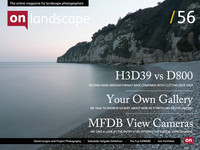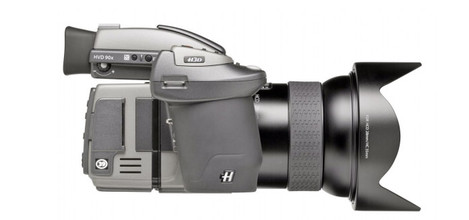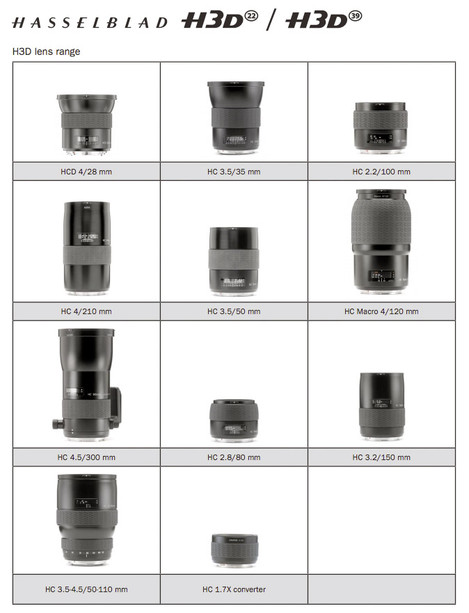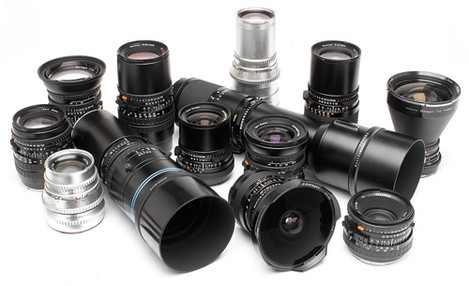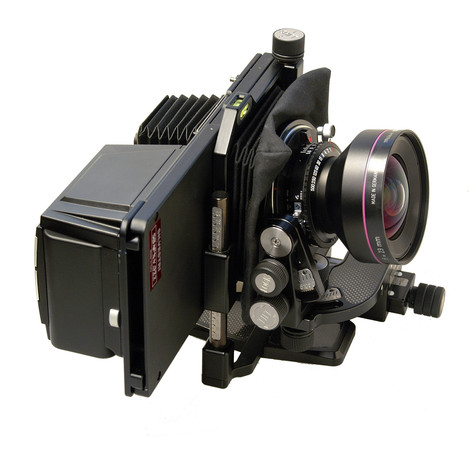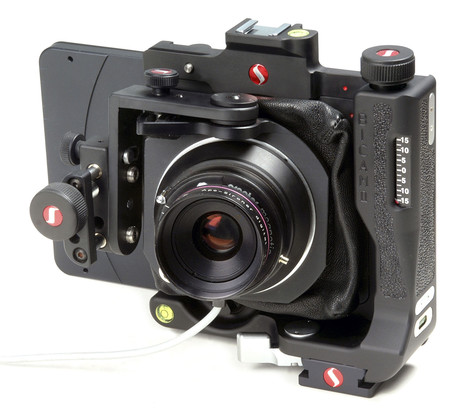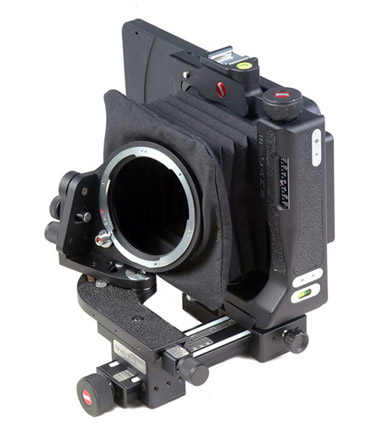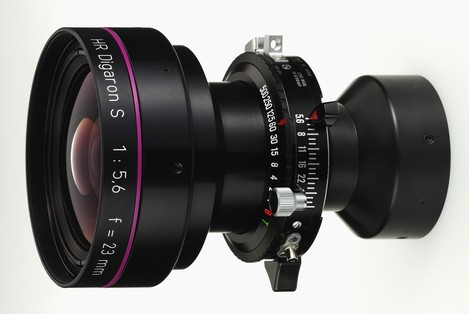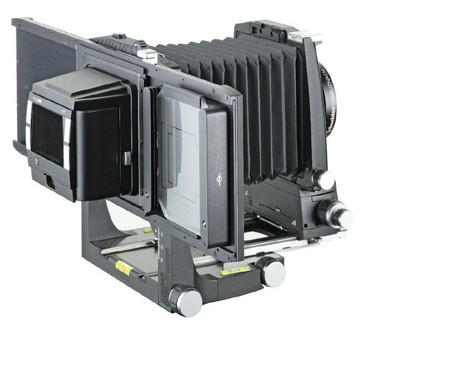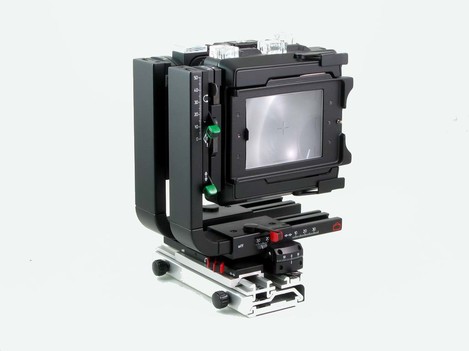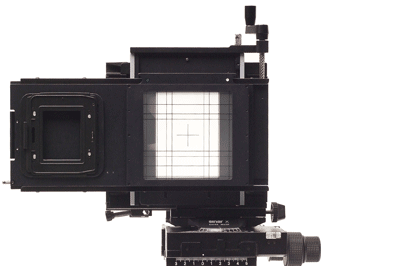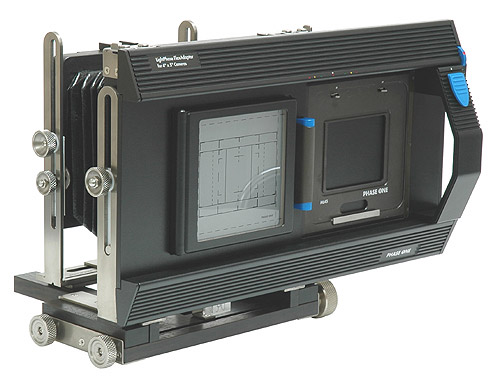Part Two

Tim Parkin
Amateur Photographer who plays with big cameras and film when in between digital photographs.
OK so we’ve looked at the Hasselblad from just an image viewpoint but what else should we be thinking? Well in my opinion there are a few extra aspects of the Hasselblad system that are worth bearing in mind. The first is that, like any system, when you make a choice you are also buying into a range of lenses and with Hasselblad that range is particularly good.
Although they may not out perform the best Nikon lenses, in general they have a more ‘rounded’ look. For the V lenses, think about the signature Zeiss look with smooth transitions to out of focus areas and although H lenses are Fuji they are still excellent but maybe not quite the Bokeh. There is also the wonderful (although heavy) 55-110mm lens - why don’t more DSLR companies do great pro quality 2x zooms (superwides excepted).
Anyway, arguably the ‘look’ of medium format glass is different but this will probably only really show up in out of focus areas and that wasn’t an aspect of the two cameras that we tested.
The Hasselblad viewfinder is a joy to use though and with the added potential of the waist level viewfinder is one of the reasons Andrew Nadolski loves the camera so much. I have to agree - I think the way that you compose your images with a camera really does ‘moderate’ the type of photographs you produce. Most people (and me included) will end up finding different pictures and composing in a different way if they were to use a DSLR vs a waist level square ground glass. This is something we really want to come back to in a future article as both Andrew and I think this is an aspect of photographic composition that has been ignored for quite some time.
Technical/View Cameras
The most interesting thing about medium format backs that separates them from DSLRs is that they can be used on technical cameras. Previously such systems would cost the price of a sports car but with second hand Hasselblad backs costing as little as £2,000 the prospect of a budget digital view camera raises its head.
It should be mentioned that obviously you can buy tilt-shift lenses for DSLR systems with Canon having the best range with it's new, and very good, 24TSE and 17TSE with supposedly new 45 and 90mm lenses to arrive later this year. But these lenses are a compromise of sorts with only 12mm of shift on the new 24TSE for instance. In addition to this, the lenses have to be 'retrofocal' design because the mirror in a DSLR gets in the way. This makes lens design harder and just goes to show how good the 24TSE is that it only degrades a little at full shift.
12mm of shift only gives you a 33% rise when in portrait orientation and 50% in landscape. How does this compare with a view camera? Well a good 90mm lens allows more than double that when focussed at infinity and if you are focussing closer (to get a looming effect for instance) over 100% shifts are well within scope.
Because the image circles of these lenses are so big, the quality of the corners of a moderately shifted lenses is visually almost identical to the centre of the lens.
But what about using a digital back on a view camera? Depending on lens choice, you should be able to double the amount of movement that a DSLR is capable of and the final bonus is that every lens in your system becomes a tilt shift. It's this flexibility that many people want when they commit to technical/view camera systems.
The drawback of having such flexibility in a lens? Whilst stunning, medium format digital lenses are also very expensive and they also can be very heavy. If they aren't a retrofocal design (like the new Rodenstocks for instance) then wide angles can also vignette a lot and perhaps need a centre filter and may also cause 'colour casts' for which a lens cast calibration is needed (see our article on these but it's basically a white balance card that records a reference of the colour problems for later removal).
Options
So what are the options? We contacted Paula Pell-Johnson from Linhof & Studio and asked what the state of the market was and what she would recommend. All prices quoted are excluding VAT.
The company that offers the widest choice at the budget end of the spectrum is Silvestri. they have two cameras that can be used, the Flexicam and the Bicam - although you can sort of combine the two together to create a Bicam Flexi Bellows Cam (what a terrible name!).
So the basic configuration is a Flexicam. For £2700 this allows you to mount your Hasselblad H system camera to a lightweight and relatively simple technical camera which allows 23mm of rear rise and fall and 15mm of shift on the front standard plus 15 degrees of swing and tilt. The digital back only goes on in one direction so you have to tilt the camera over if you’re doing portrait orientation shots.
You can’t stitch with this configuration camera though. Paul recommended a possible different starter package which is the BiCam. This needs the camera itself for £1424, a lens converted to a helical (price of lens plus £600) plus a sliding back which is £1375. For this total price of approx £2800 plus Silvestri adapted lens (for instance the Schneider 35mm) you get the added ability to stitch frames together and to put the camera on in either portrait or landscape orientation.
If you want to add movements to this BiCam set up then you can add the front part of the Flexicam to it to get a full technical camera with stitching abilities. The cost of the sliding back is £1145 so we’re now looking at approx £3,900 (ex vat) to get a system that will offer you all the joys of an MFDB technical camera.
You can now add lenses to this and the recommended wide angle choice is either the Rodenstock 28mm or 23mm Digaron (£3,350 and £3,800 respectively) and possibly a slightly less wide 38mm Schneider Super Angulon or 40mm Rodenstock Digaron.
As you can see, appropriate lenses for these systems are fairly expensive. You can use Hasselblad V lenses but need to buy an adapter to allow the shutter to be cocked - the only problem is that the adapter costs £1,100 (plus VAT of course). You can only use 50mm at the widest end here though and they recommend the lighter lenses (e.g. 50, 60, 80, 120 & 150)
So however you look at this, if you want a capable medium format back system that allows you to use movements you are starting at £4k for the camera and then you’ll be spending £3-4k per lens unless you compromise on Hasselblad lenses which are still £2k for the decent ones and plus the adapter tax.
The digital back starts to look like the cheap part of the deal here but it will certainly get you started.
Just for references, if you want a Linhof Techno, the camera is £4,150 but by the time you’ve got the sliding back, bellows, adapter, ground glass screen and loupe you’ve reached £6.5k
Another Possible Option.
We should add that there is a flexible option available and that is to buy the Linhof Technikardan 23S which can be had second hand with a film back for about £1,000. This would need an adapter (£375) but would provide a very cost efficient and flexible way of playing with both film and digital on a technical camera.
Use Large Format
The final option I'd look at is to make the most of two worlds by getting a 4x5 film camera and using a sliding back adapter to mount your digital back. In this way you have access to a very high resolution film system with the copious cheap lenses on the market (typically £200 pound a lens for quality that you'd pay £2,000 for in DSLR systems) and with the addition of a sliding back (either a Flexadapter which is about £1,200 second hand or a cheaper brand or the interesting looking Quad Stitch).
A lot of people say that the resulting system isn't particularly 'stable' and you have problems with parallelism etc. but Joe Cornish has used one successfully with both his Ebony 45SU and Ebony SW45 so it's certainly possible and the stitching possibilities make it very interesting.
If you want a real budget way to get started in my personal opinion this is the route - you get the best of both worlds whilst film is still around and access to some very cheap lenses. A second hand camera will cost you less than a thousand pounds (you can either choose lightweight but possibly less 'accurate' like a Chamonix or go for more accuracy but heavy weight with something like a Sinar P2) and you should be able to pick up three lenses for less than a thousand pounds.
You can then 'upgrade' to better lenses first and keep your eye out for a second hand Linhof 679 or Techno or other alternative.
Caveat
The H3D30 needs battery power when used on a technical camera because it usually gets its power from the Hasselblad camera. Silvestri make one for approx £150 plus vat - not the end of the world but worth bearing in mind.
Conclusion
Well would I recommend this route? Possibly so. The Technikardan solution sounds like a potential candidate to get a taster for this but it has no sliding back option and I’ve been told it possibly flexes and may have issues with parallelism when using extreme wide angle lenses. But with a bit of care you would get good results - apart from in the rain that is...
The real conclusion is that it's quite a difficult conundrum. The equipment that goes with owning a digital back as a technical camera is always going to be expensive because it's a niche industry and manufacturing costs for small run products are always going to be expensive. However, if you're interested in this market I hope we've shown you a few options to get your foot in the door. Feel free to ask questions and we'll do our best to answer them.

